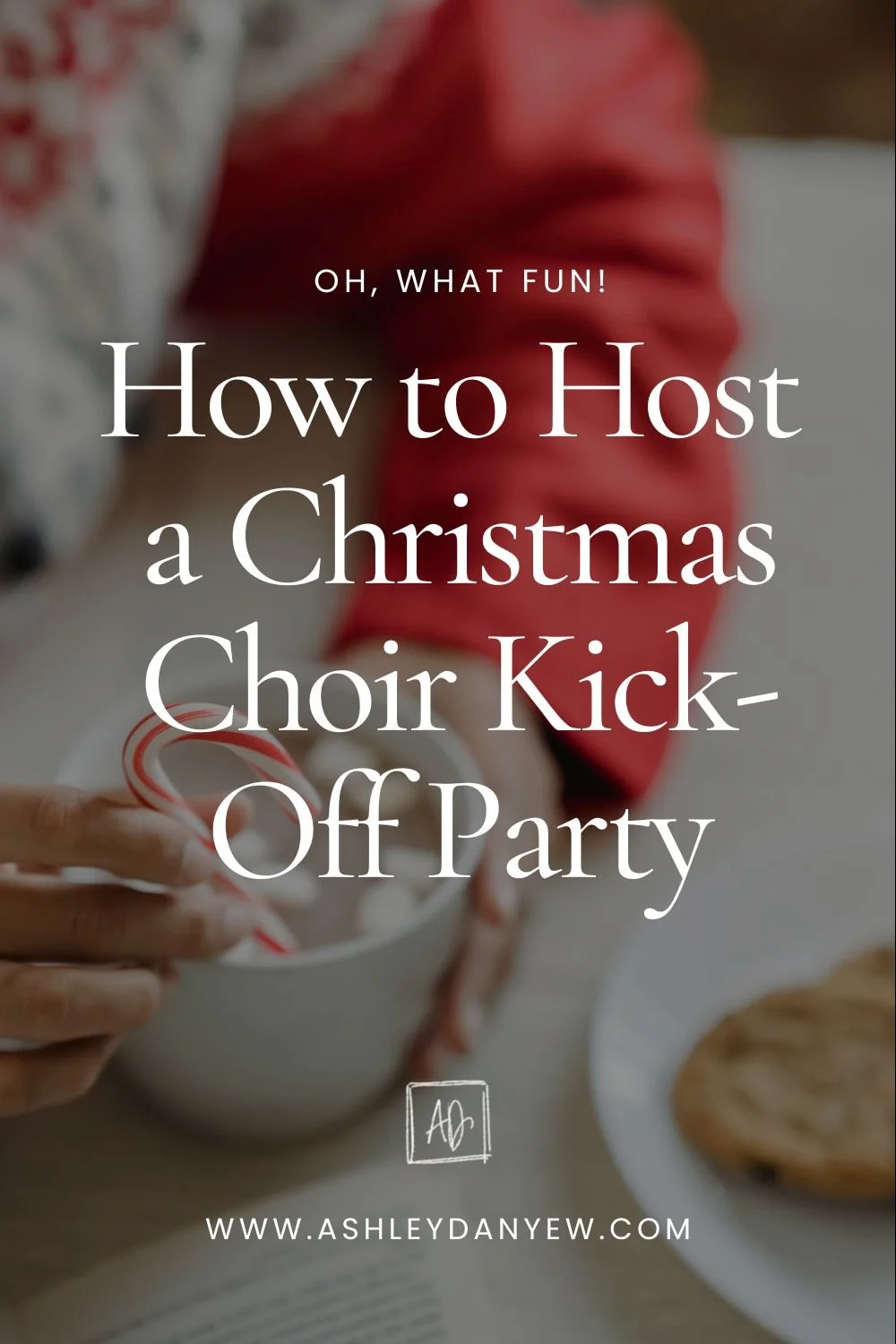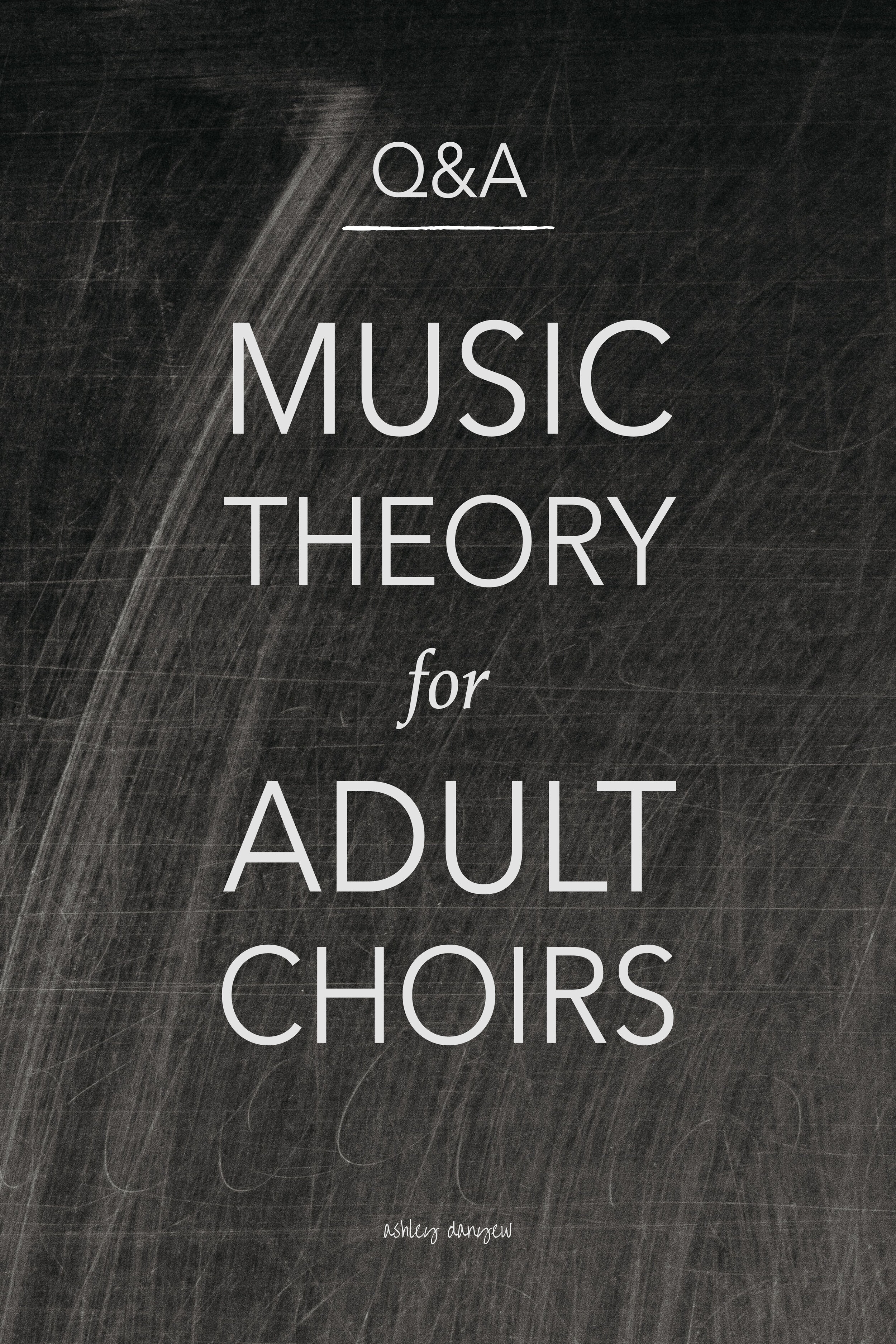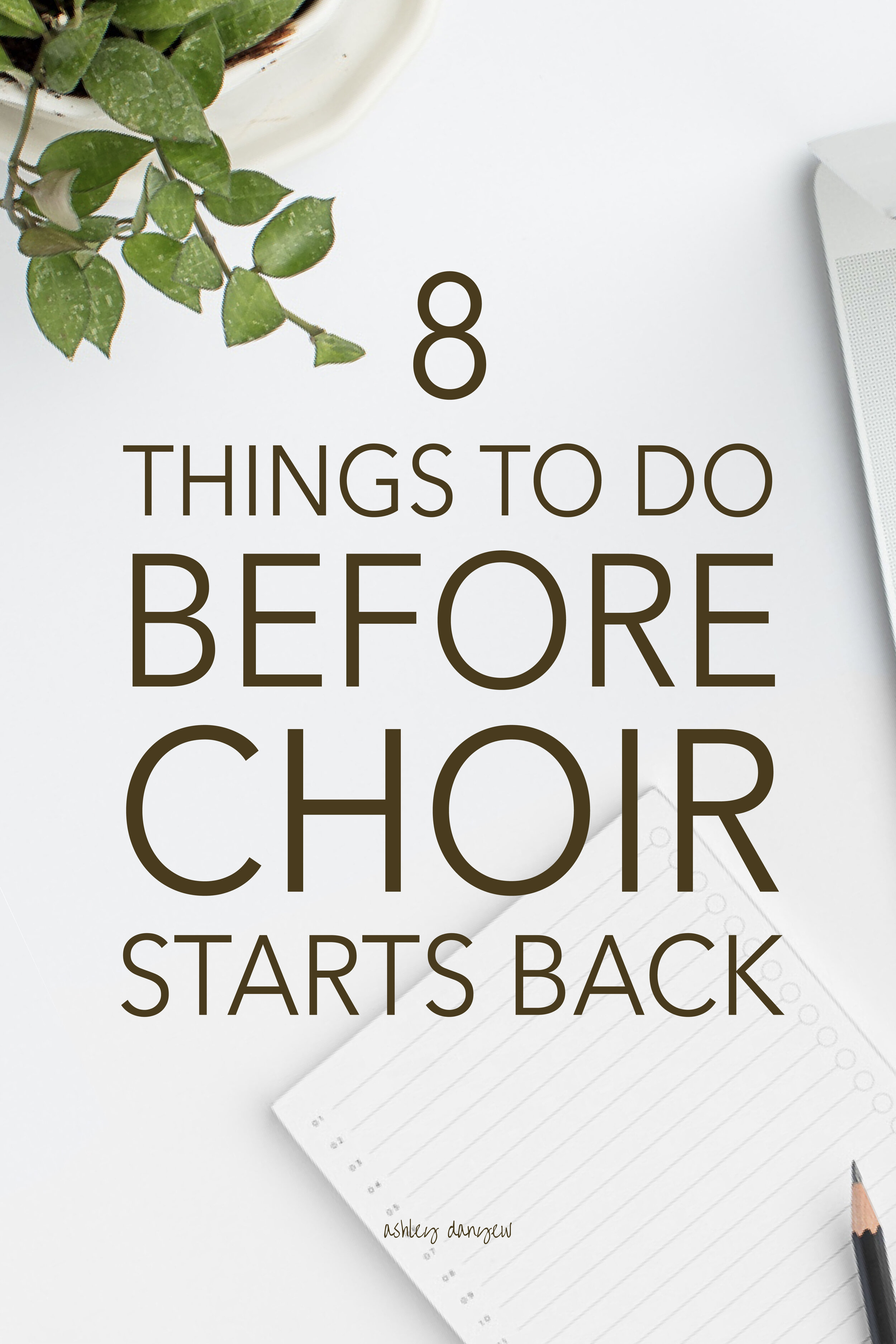Advent is a time of waiting. Preparation. Anticipation. Expectancy. Hope.
We retell the story we all know by heart. We reread the prophecies and remember the journey—the years of waiting, the sense of unknown.
We light candles and sing ancient songs and dwell in the moments of darkness before the season of light, holding on to hope and promises yet to be fulfilled.
This is the essence of the Advent season, for me.
How can we convey this in worship? How can we make this season more meaningful? How can we capture the quietness, the sense of wonder, the shimmering light in the midst of darkness in our Advent services?
Here are 5 ideas.
5 Ideas for Your Advent Worship Services
*Disclosure: I get commissions for purchases made through links in this post.
No. 1 - Underscoring
This is a fairly common technique in more contemporary services, but I think there’s potential to do this in traditional services, as well. Advent is a great time to add a little something extra into the services, especially when it helps with transitions and tying things together.
Use a sparse hymn accompaniment or an even simpler piece of music based on a repeated chord sequence that is flexible enough to fit different places in the service. I recently discovered Worship Flow—a subscription-based service offering piano underscores for worship. Download one for free (in all 12 keys) to see how it works.
Consider using the singing bell technique and scoring a simple part for 3-4 bells (playable by two people).
Underscore a Scripture reading (especially if a hymn or anthem follows), prayer, liturgy, or lighting of the Advent candles. Remember, you're underscoring whatever is happening, so keep it simple, soft, and reflective.
No. 2 - Acclamation/Processional/Introit
This is a great way to make your Advent services a little extra special. Choose a choral introit (a snippet of an anthem or a familiar chorus, such as "Rejoice! Rejoice!" from "O Come, O Come, Emmanuel") or simple handbell acclamation or processional. If this leads into the opening hymn, try to choose something in the same key as the hymn, so they dovetail well. Here are a few related posts that might be helpful:
Four Pieces for Advent (12 Bells)
Introits and processionals usually happen at the beginning of the service, before the first hymn. A bell acclamation (basically a processional with the processing) could happen at the beginning or somewhere in the middle of the service. Consider using an acclamation as a response to a Scripture reading or as a way to lead into the closing hymn.
Related post: How to Write Your Own Handbell Processional
No. 3 - Extended Hymn Introductions/Transitions
If your congregation is like mine, they're used to short-and-sweet hymn introductions—4 bars, at most. But sometimes, a longer hymn introduction can be a nice way to help them prepare to sing, giving them an extra moment to reflect on the text and make it personally meaningful.
Consider a creative introduction (I often pull from Hal Hopson's The Creative Use of the Organ in Worship) instead of just playing from the hymnal, or begin with a simple handbell ostinato or peal that leads into the introduction the congregation is used to.
Another idea is to incorporate a short (4-8 bars) transition before the last verse. Again, Hal Hopson includes a few of these throughout his book, as do others. You can also write your own. Make sure the beginning of the transition overlaps with the congregation's last note, so it's clear that they need to wait a minute before coming back in and end on tonic or dominant.
Related post: Five Ideas for Creative Hymn-Playing
No. 4 - Musical Responses
I love using musical responses in worship. Traditionally, the choir might sing a response after a prayer or baptism, or following the benediction. The congregation might sing the Gloria Patri after an Assurance of Pardon and the Doxology after the offertory. During Advent, we often add a sung congregational response after the lighting of the Advent candles (last year, we used "Emmanuel, Emmanuel" from the UMH).
But what about instrumental responses?
I think a brief instrumental response (piano + solo instrument, chamber ensemble, handbells, organ, etc.) would work well following a Scripture reading or prayer, or woven into a liturgy, similar to a psalter response.
No. 5 - Tolling of the Hour
This is a simple idea, but it really sets the tone for worship, especially if it's something your congregation doesn't do on a regular basis. If you don't have a bell tower or chimes, use a handbell (D4 or D5 works well). This can be an opportunity to involve several people, as you could have a different person toll the hour each week. Consider involving youth or children as well as adults.
I’d love to hear from you:
Have you used any of these ideas before? What music do you include in your Advent services?
Read more:
Fifteen Church Choir Anthems for Advent
How to Write Your Own Choir Christmas Program
Bells in Traditional Worship






































